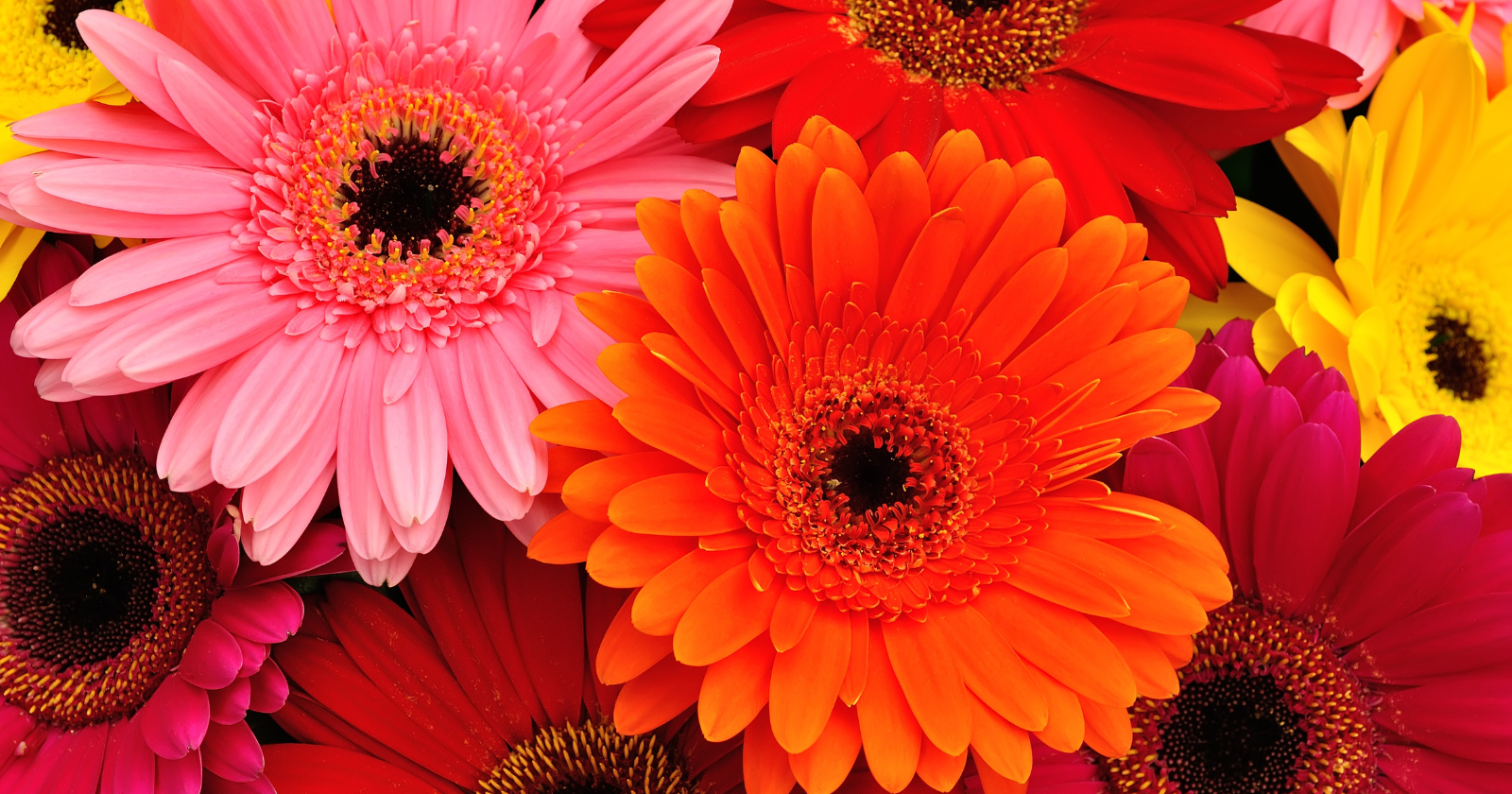Is there anything more wonderful than having a house full of lush, vibrant plants? As a plant lover myself, I have spent a lot of time researching the Best Indoor Plant For Oxygen production. Many popular houseplants provide clean air and boost oxygen levels, allowing small urban greenhouses like my own to thrive. Whether you’re looking to add some greenery to your work space or brighten up the bedroom, the right indoor plant can be a great addition to any home – and with so many wonderful options out there, it’s easy to find the perfect one.
Best Indoor Plant For Oxygen-My Top 10
 | Boston Fern | SEE ON AMAZON |
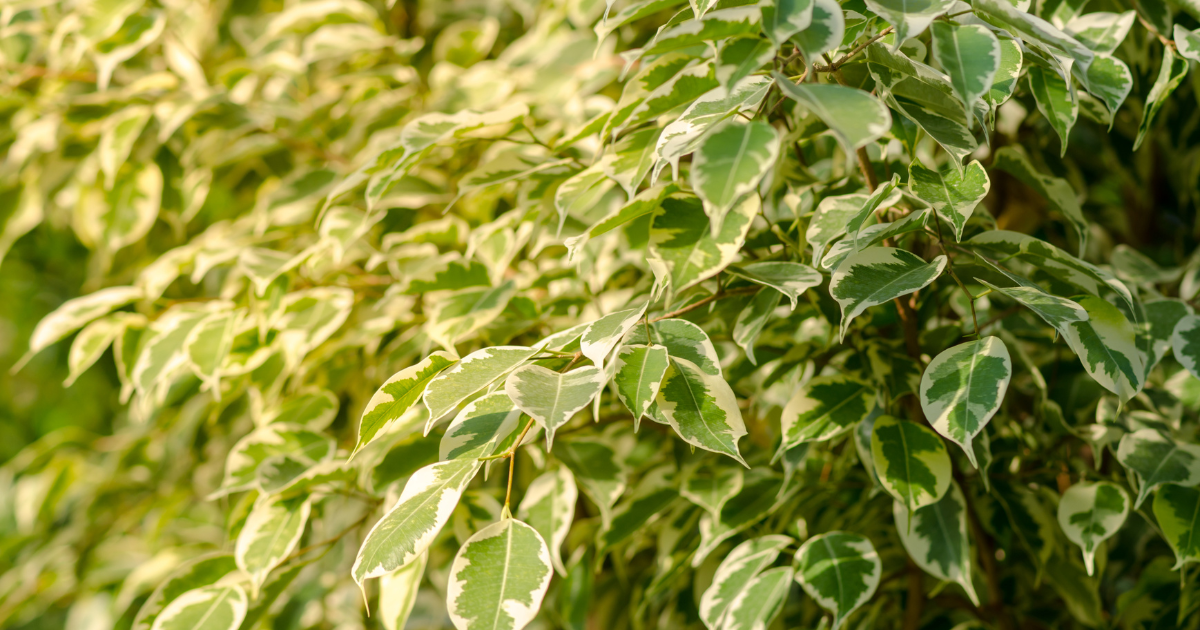 | Weeping Fig | SEE ON AMAZON |
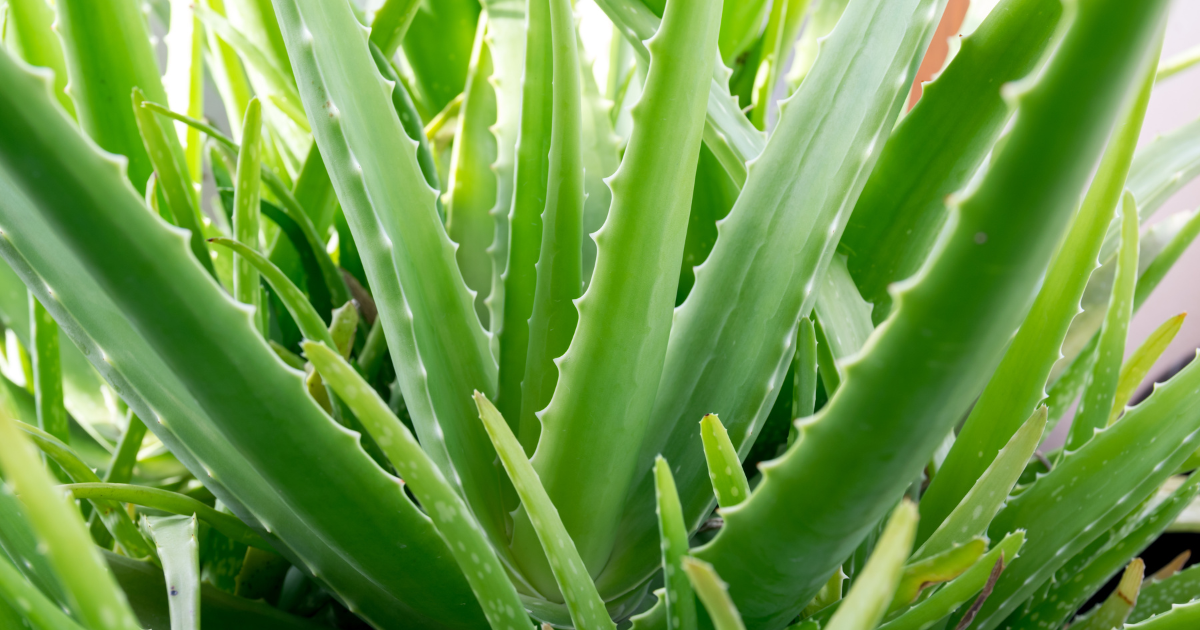 | Aloe Vera | SEE ON AMAZON |
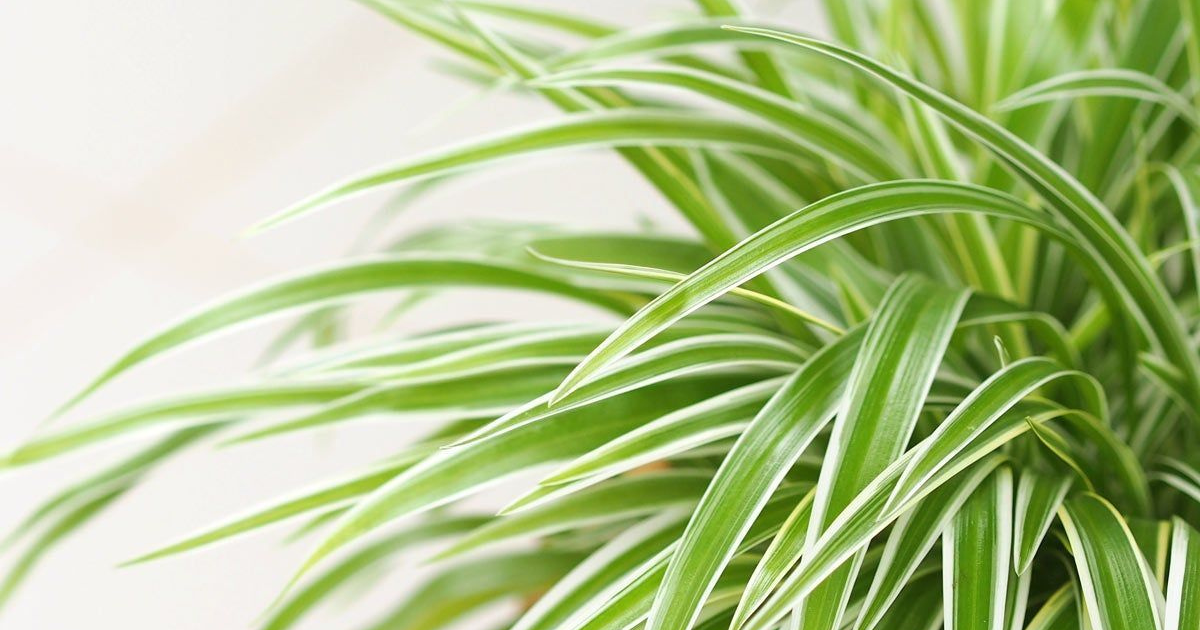 | Spider Plant | SEE ON AMAZON |
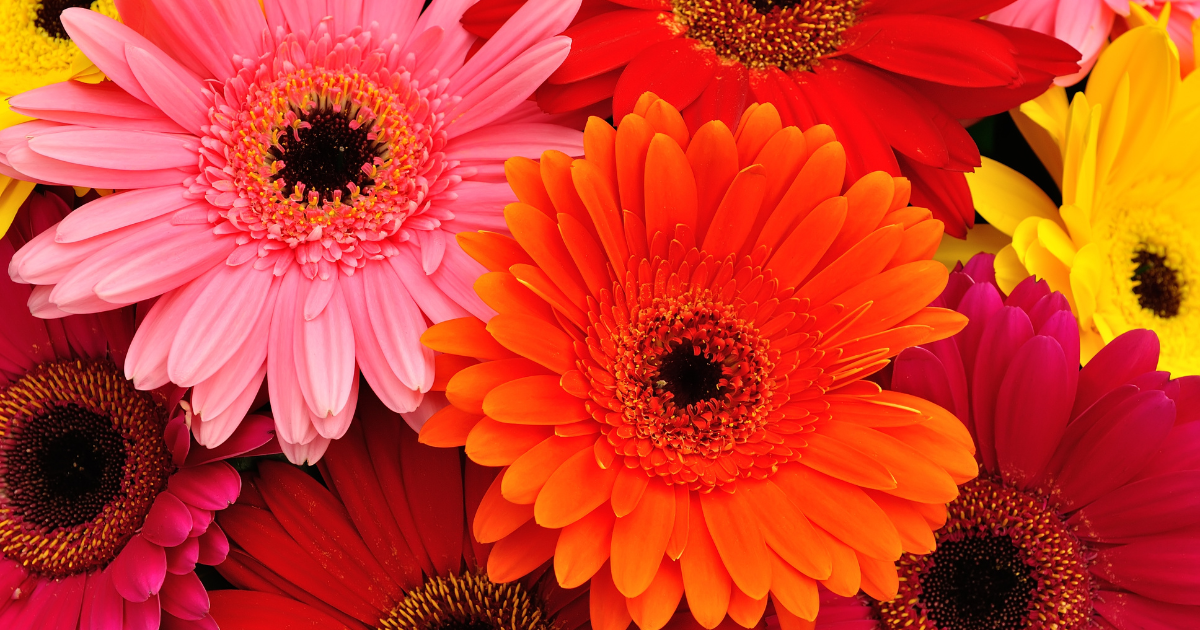 | Gerbera Daisy | SEE ON AMAZON |
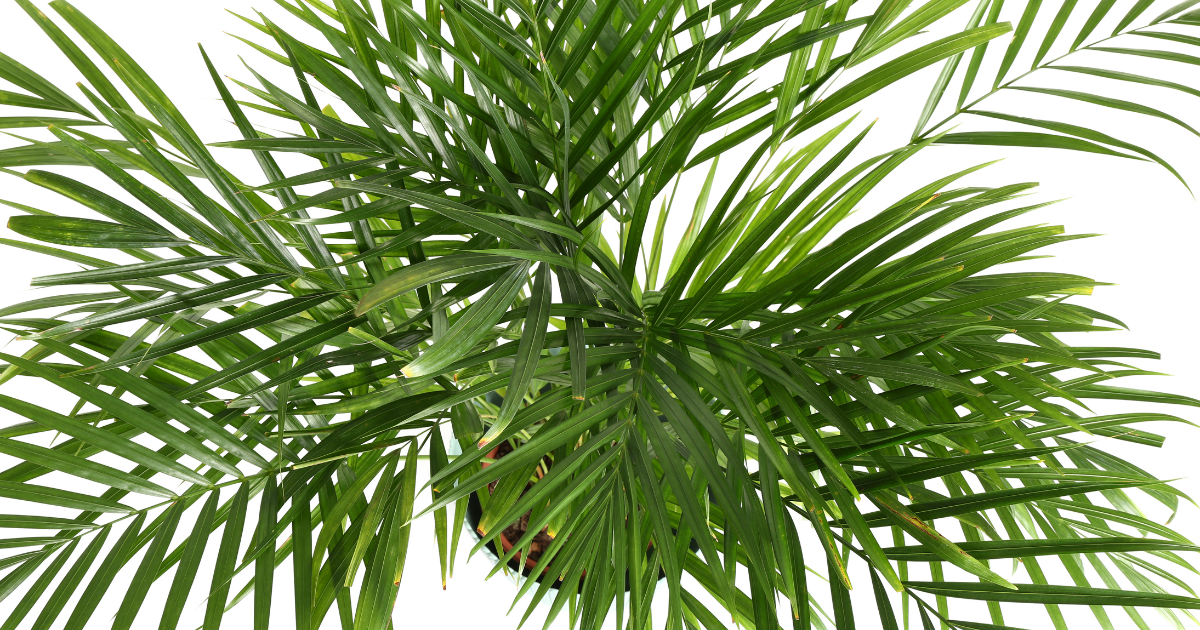 | Areca Palm | SEE ON AMAZON |
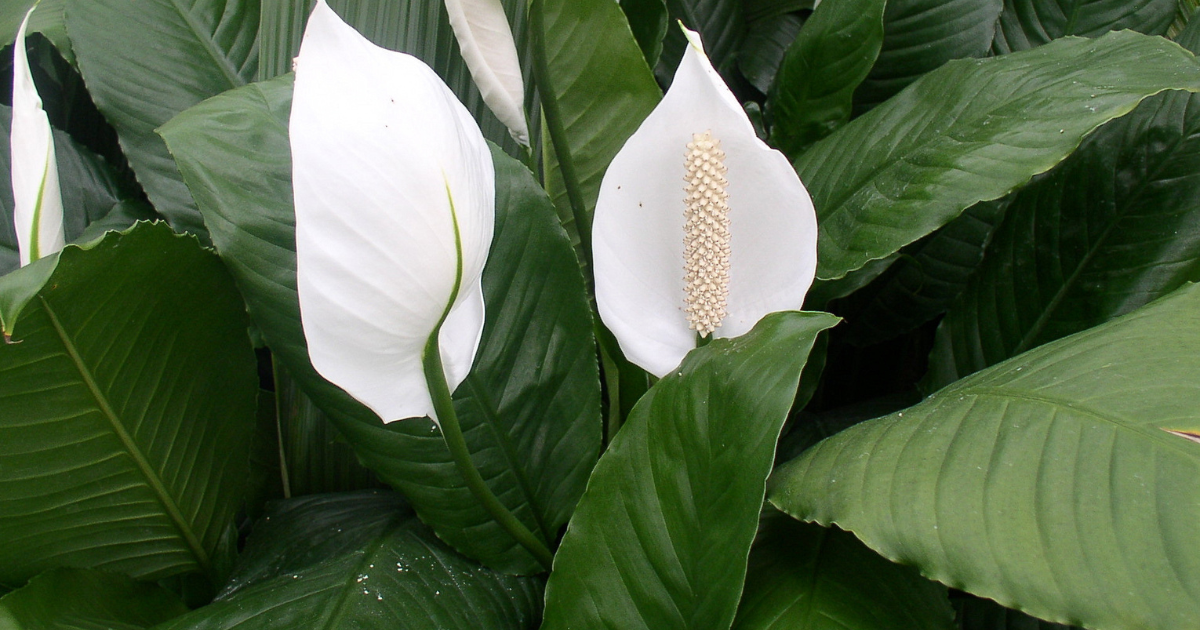 | Peace Lily | SEE ON AMAZON |
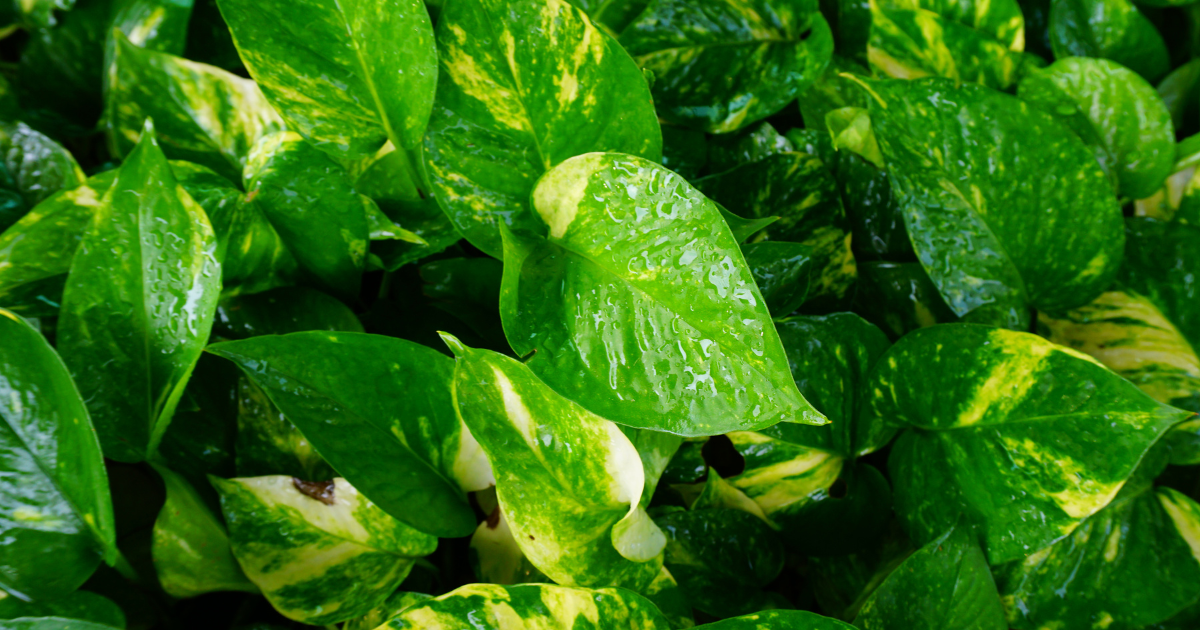 | Golden Pothos | SEE ON AMAZON |
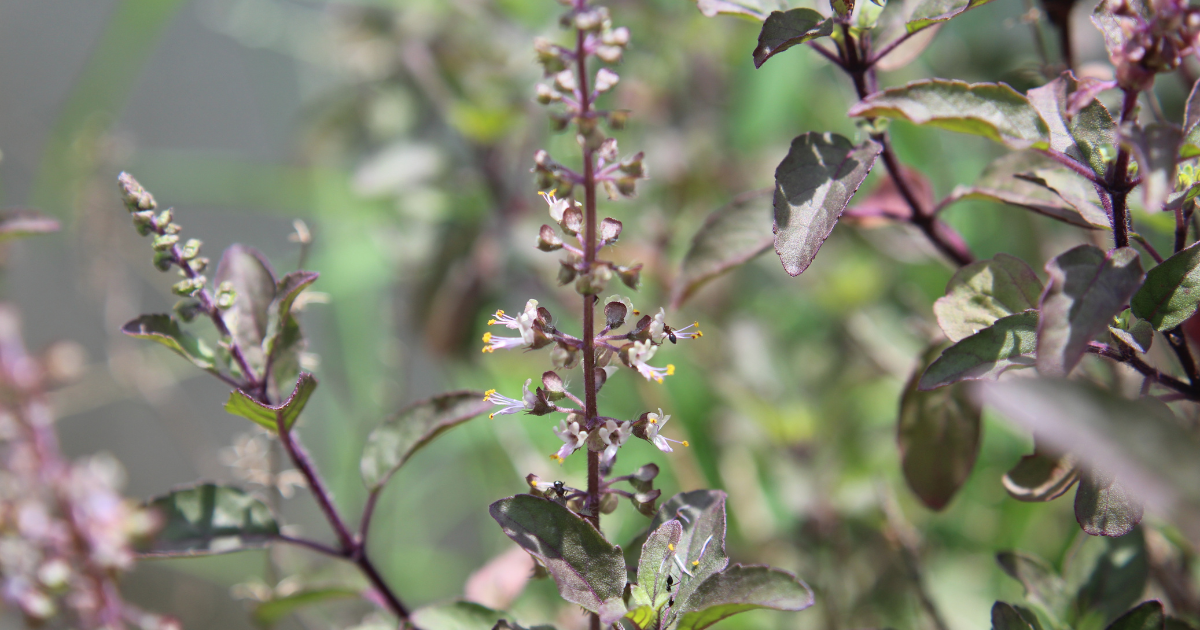 | Tulsi Plant | SEE ON AMAZON |
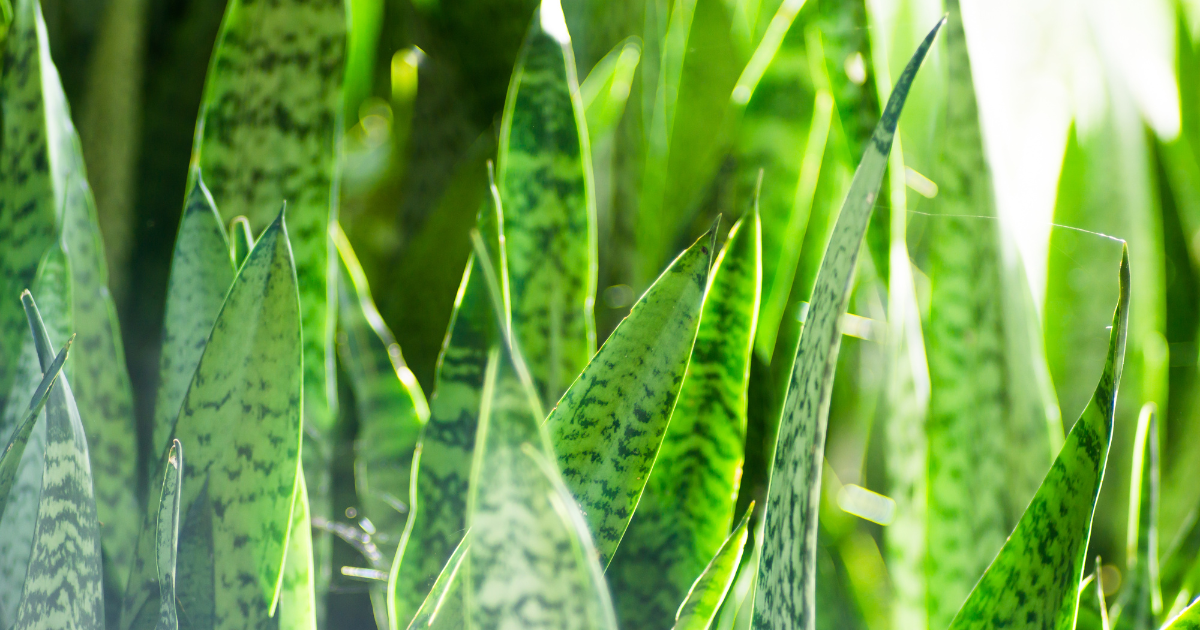 | Snake Plant | SEE ON AMAZON |
1. Boston Fern (Nephrolepis Exaltata)
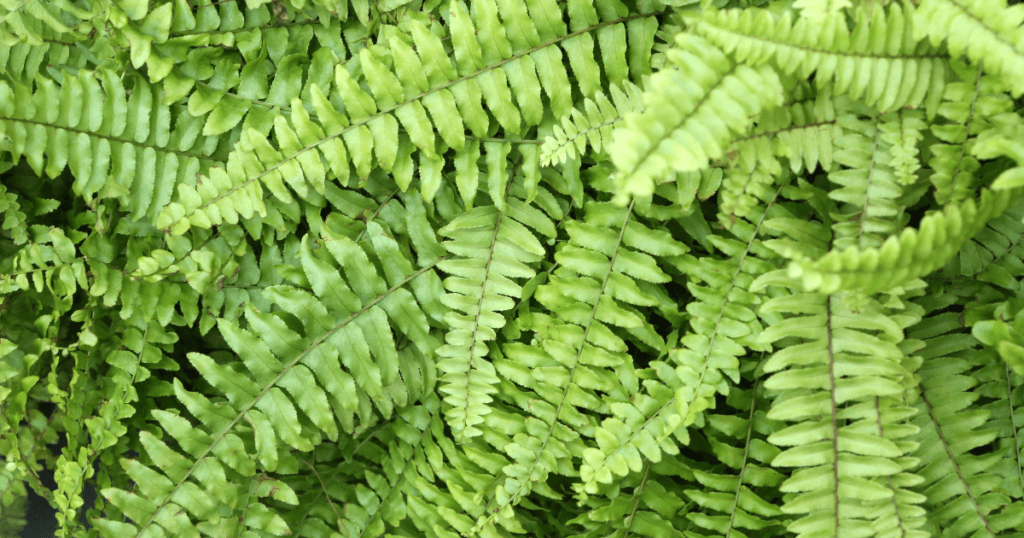
Nephrolepis Exaltata, commonly known as the Boston fern, is a species native to the Americas. This evergreen plant can grow up to heights ranging from 40–90 centimeters and, in some cases, even up to 1.5 meters. Various names, such as the Boston sword fern, wild Boston fern, Boston Blue Bell Fern, tuber ladder fern, and fishbone fern often refer to the fern. The fronds of the Boston fern are long and broad, with small “leaflets” on either side of the midrib. This plant can grow both on land and as an epiphyte.
Boston ferns are popular house plants, often grown in hanging baskets. They thrive in damp, nutrient-rich soil and are the most drought-tolerant among common cultivated ferns. When grown indoors, they prefer bright, filtered light. One of the key reasons for their popularity in homes is their ability to thrive in humid conditions. When the relative humidity drops below 80%, misting the plant is beneficial. Additionally, Boston ferns are known to be non-toxic, making them safe for pets.
Why are Boston Ferns Great Oxygen Producers for the Home?
Like other plants, Boston ferns undergo photosynthesis – a process where they take in carbon dioxide and release oxygen. This makes them excellent oxygen producers. Moreover, they are known to remove certain pollutants from the air, improving indoor air quality. Their preference for high humidity also means they can help maintain optimal moisture levels in homes, especially during dry seasons or in air-conditioned spaces. The lush green appearance of the fern adds to the aesthetic appeal, making it beneficial for health and a beautiful addition to home decor.
Pros
- Tolerance: Boston ferns are among the most drought-tolerant of the commonly cultivated ferns.
- Non-toxic: They are safe for pets, a significant advantage for many households.
- Aesthetic Appeal: Their lush green fronds make them a beautiful addition to any room.
Cons
- Humidity Requirements: They thrive in high humidity. In environments with low humidity, they require regular misting, which can be a bit of maintenance.
- Lighting: While they prefer partial to full shade outdoors indoors, they need bright, filtered light. Direct sunlight can scorch their leaves.
- Soil: They prefer damp but not soggy soil rich in nutrients.
While they are relatively easy to care for, they have specific requirements that must be met for them to thrive. If you can provide the right conditions, they can be a delightful addition to your home.
2. Weeping Fig (Ficus Benjamina)
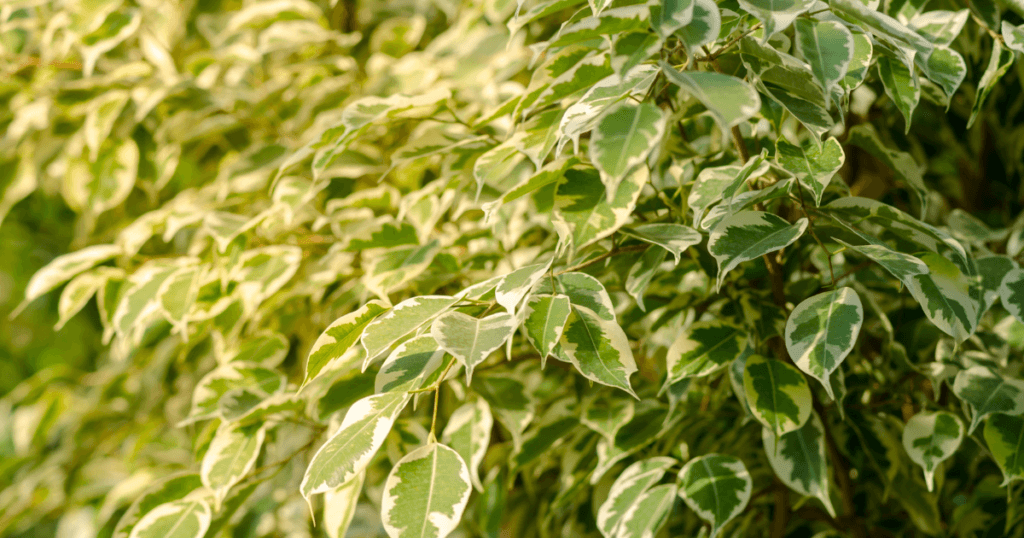
Ficus Benjamina, commonly known as the Weeping Fig, Benjamin Fig, or simply ficus, is a species of flowering plant in the Moraceae family. It is native to Asia and Australia and is also the official tree of Bangkok. The species has been naturalized in places like the West Indies and parts of the United States, including Florida and Arizona. Certain bird species favor its small fruit in its natural habitat.
The weeping fig can reach up to 30 meters in natural conditions. Its appearance is characterized by gracefully drooping branchlets and glossy, oval leaves. The bark is light gray and smooth, while young branches have a brownish hue. The tree’s widespread and highly branching canopy can cover a diameter of up to 10 meters.
Why are Weeping Figs Great Oxygen Producers for the Home?
The weeping fig is a popular houseplant in temperate regions due to its elegant growth and ability to tolerate poor growing conditions. It thrives best in bright, sunny conditions but can also handle a significant amount of shade. The plant requires moderate watering during the summer and just enough to prevent it from drying out in the winter.
One of its notable qualities is its ability to effectively remove gaseous formaldehyde from indoor air, making it an excellent choice for improving indoor air quality. This ability to purify the air by removing pollutants, combined with its photosynthetic process of taking in carbon dioxide and releasing oxygen, makes the weeping fig a valuable addition to homes for its aesthetic appeal and health benefits. However, it’s worth noting that the plant is sensitive to changes in light, temperature, and humidity and may drop leaves when exposed to sudden environmental changes.
Pros
- Air Purification: The weeping fig effectively removes gaseous formaldehyde from indoor air, improving air quality.
- Oxygen Production: Like other plants, it undergoes photosynthesis, taking in carbon dioxide and releasing oxygen, which can enhance the indoor environment.
- Aesthetic Appeal: Its gracefully drooping branchlets and glossy leaves add an elegant touch to any room.
Cons
- Sensitivity to Change: The plant is very sensitive to small light, temperature, and humidity changes. Relocating or turning it around can cause it to drop many of its leaves.
- Allergenic: The plant is a known source of indoor allergens and can be especially concerning for those with latex allergies due to the latex in the plants.
- Maintenance: While it doesn’t need frequent watering, it requires consistent light and temperature care to prevent leaf drop.
When considering adding a weeping fig to your home, it’s essential to weigh these pros and cons and ensure that you can provide the right environment for the plant to thrive.
3. Aloe Vera

Aloe vera is a succulent plant species of the genus Aloe. It is widely distributed and considered an invasive species in many world regions. This evergreen perennial originates from the Arabian Peninsula but has grown wild in various climates globally. Aloe Vera is cultivated for commercial products, primarily as a topical treatment for centuries. The plant is also popular for decorative purposes and thrives indoors as a potted plant.
The leaves of Aloe Vera contain a significant amount of the polysaccharide gel acemannan, which has various medical applications. While many products contain Aloe Vera’s acemannan, like skin lotions and gels for minor burns, oral ingestion of Aloe Vera extracts can be dangerous due to fully understood reactions. It’s especially risky for pregnant women; some might have allergic reactions even when applied topically.
Thought-Provoking Questions/Insights:
- Medical Applications: With the presence of acemannan in Aloe Vera leaves, how has this influenced the medical industry’s approach to natural remedies?
- Invasive Nature: Given that Aloe Vera is considered invasive in many regions, what measures are being taken to control its spread?
- Topical vs. Oral Use: With the potential dangers of oral ingestion, how can consumers be better educated about the safe use of Aloe Vera products?
Pros
- Medicinal Properties: Aloe Vera gel, extracted from the plant’s leaves, has been used for centuries for its soothing and healing properties, especially for minor burns and skin irritations.
- Air Purifying: Like many indoor plants, Aloe Vera can help improve indoor air quality by removing pollutants from the air.
- Low Maintenance: Aloe Vera is a succulent, requiring minimal water, and can thrive in indirect sunlight, making it easy to care for.
- Decorative Appeal: Its unique and attractive appearance can enhance the aesthetic of any room.
- Natural Humidifier: Aloe Vera releases a significant amount of water vapor into the air, increasing humidity in a room, which can benefit respiratory health.
Cons
- Toxicity: While the gel is beneficial, the latex (a yellow substance found just under the skin of the leaf) can be toxic if ingested and can cause stomach issues.
- Over-watering Risk: Being a succulent, Aloe Vera is prone to root rot if overwatered. Proper drainage is essential.
- Sunlight Sensitivity: While it can handle indirect sunlight, direct and prolonged exposure can cause the plant to dry out or its leaves to turn brown.
- Potential Allergies: When applied topically, some people might have allergic reactions to Aloe Vera gel.
- Space Requirement: Mature Aloe Vera plants can become large, requiring re-potting and more space.
It’s essential to be aware of these pros and cons when considering Aloe Vera as an indoor plant, especially if pets or children are in the house, given its potential toxicity when ingested.
4. Spider Plant (Chlorophytum Comosum)
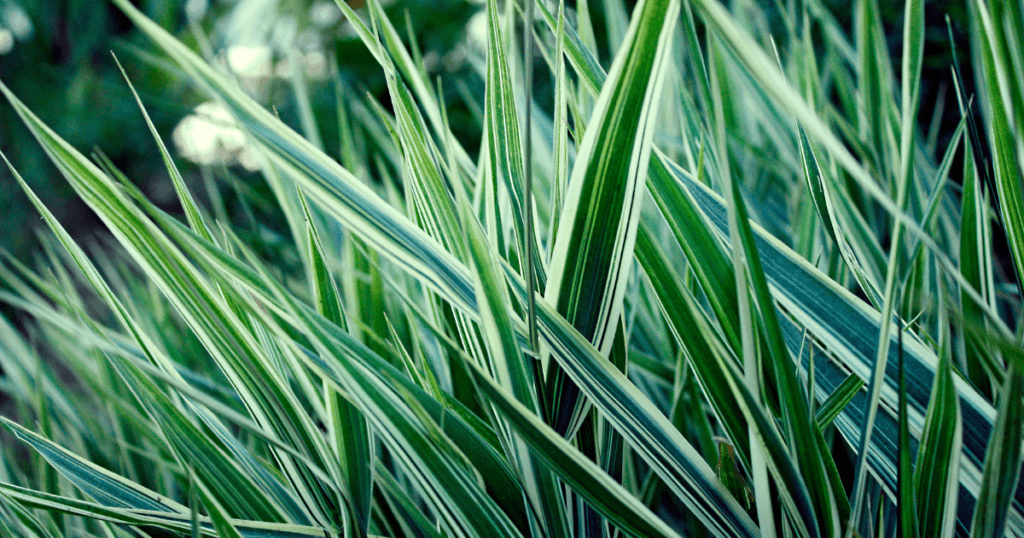
Chlorophytum Comosum, commonly referred to as the spider plant, is an evergreen perennial that originates from the Arabian Peninsula but has since spread to various parts of the world. It’s recognized for its spider-like appearance, which has also earned it names like spider ivy, ribbon plant, and hen and chickens. This plant is native to tropical and Southern Africa but has naturalized in other regions, including Western Australia and Bangladesh. As a houseplant, the spider plant is cherished for its resilience, making it easy to grow. However, it can be sensitive to the fluoride found in tap water, which might give its tips a “burnt” appearance. The variegated forms of this plant are particularly popular among enthusiasts.
Why are Spider Plants Great Oxygen Producers for the Home?
Spider plants are renowned for their air-purifying capabilities. According to the NASA Clean Air Study, spider plants effectively removed common household air toxins, specifically formaldehyde and xylene. However, it’s essential to note that the effectiveness of plants in purifying indoor air in complex environments like homes and offices requires further research.
In controlled laboratory settings, spider plants have demonstrated their ability to reduce formaldehyde pollution. For a typical energy-efficient house of approximately 1,800 sq ft, around 70 spider plants would be needed to neutralize the formaldehyde released by materials in the house. This makes the spider plant a valuable addition to homes for its aesthetic appeal and potential health benefits in improving indoor air quality.
Pros
- Air Purification: Spider plants effectively remove common household air toxins like formaldehyde and xylene, improving indoor air quality.
- Low Maintenance: These plants are resilient and easy to grow, making them suitable for beginners and those without a green thumb.
- Non-Toxic: Spider plants are safe for homes with pets and children as they are non-toxic to humans and animals.
- Adaptive: They can thrive in various conditions, from bright indirect light to low light areas.
- Natural Beauty: Their unique spider-like appearance and cascading baby plants add a touch of nature and aesthetic appeal to any room.
Cons
- Water Sensitivity: Spider plants can be sensitive to the fluoride in tap water, which can cause the tips of their leaves to turn brown (“burnt tips”).
- Pest Attraction: While generally pest-resistant, they can sometimes attract common houseplant pests like spider mites.
- Space Requirement: As they grow, spider plants can become quite expansive, especially with their offshoots, requiring occasional pruning or re-potting.
- Light Sensitivity: While they can handle various light conditions, too much direct sunlight can scorch their leaves.
- Propagation Overload: The plant produces many baby plants (siderites), which, if not managed, can make the plant look overcrowded.
When considering adding a spider plant to your home, it’s essential to weigh these pros and cons and ensure that you can provide the right environment for the plant to thrive.
5. Gerbera Daisy (Gerbera)
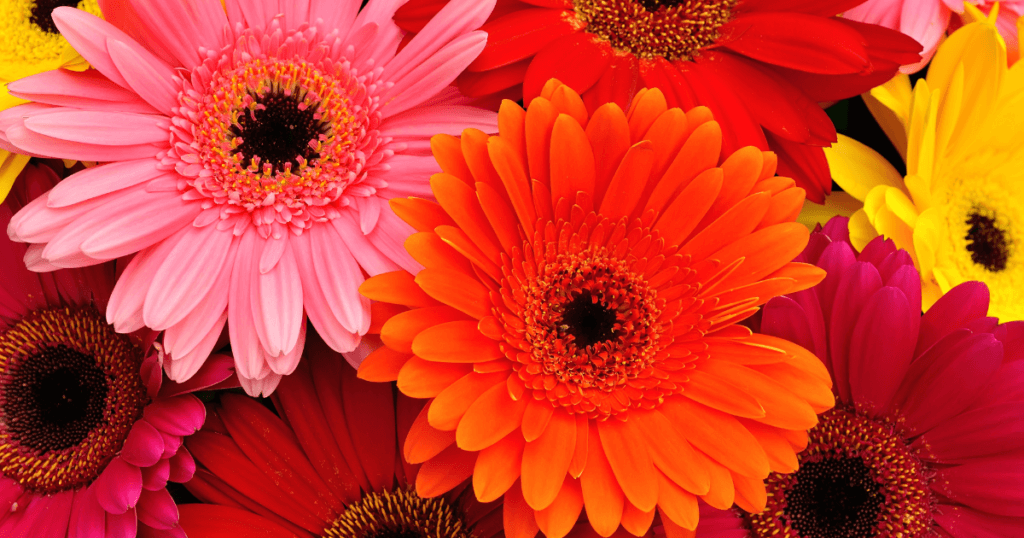
Gerbera, commonly known as the Gerbera Daisy, belongs to the Asteraceae family. This plant is native to the tropical regions of Africa and has been introduced to various countries in Latin America and Southeast Asia.
The first scientific description of a Gerbera was made by J. D. Hooker in 1889, describing the Gerbera Jamesonii, also referred to as the Transvaal daisy or Barberton daisy. The Gerbera Daisy is popular for its vibrant and colorful flowers and decorative appeal in gardens and as cut flowers. The plant has been cultivated extensively, resulting in thousands of cultivars with varying shapes, sizes, and colors.
Why are Gerbera Daisies Great Oxygen Producers for the Home?
Gerbera Daisies are renowned for their ability to purify the air. According to studies, including the NASA Clean Air Study, Gerbera Daisies effectively remove benzene, formaldehyde, and trichloroethylene from the air. These pollutants are commonly found in homes due to various household products and materials.
By removing these toxins, Gerbera Daisies improves indoor air quality and contributes to a healthier living environment. Additionally, like all plants, Gerbera Daisies undergo photosynthesis, absorbing carbon dioxide and releasing oxygen, enhancing the oxygen levels in indoor spaces. Their bright and cheerful flowers add aesthetic value, making them a popular choice for home interiors.
Pros
- Air Purification: Gerbera Daisies are known to effectively remove common household air toxins like benzene, formaldehyde, and trichloroethylene, enhancing indoor air quality.
- Oxygen Production: Through photosynthesis, they absorb carbon dioxide and release oxygen, contributing to a healthier indoor environment.
- Aesthetic Appeal: Their vibrant and colorful flowers can brighten up any room, adding a touch of nature and beauty.
- Variety: With thousands of cultivars available, there’s a wide range of colors, shapes, and sizes to choose from, allowing for personalization.
- Low Maintenance: They are relatively easy to care for, requiring moderate sunlight and watering.
Cons
- Water Sensitivity: Over-watering can lead to root rot, so it’s essential to ensure the soil is well-draining and not kept too moist.
- Pest Attraction: They can sometimes attract pests like aphids and spider mites.
- Light Requirements: While they need moderate sunlight, too much direct sunlight can cause their flowers and leaves to fade.
- Short Lifespan: As a flowering plant, each bloom has a limited lifespan, and flowers may need to be pruned once they wilt.
- Allergenic Potential: Some individuals might be allergic to the pollen produced by Gerbera Daisies.
When considering adding a Gerbera Daisy to your home, it’s essential to weigh these pros and cons and ensure that you can provide the right environment for the plant to thrive.
6. Areca Palm or Golden Cane Palm (Dypsis Lutescens)

Dypsis lutescens, commonly known as the golden cane palm, areca palm, yellow palm, butterfly palm, or bamboo palm, is a species of flowering plant in the Arecaceae family. It is native to Madagascar but has naturalized in various regions, including the Andaman Islands, Thailand, Vietnam, and parts of the Americas. The plant is characterized by its multiple cane-like stems that emerge from the base, creating a vase-like shape. The leaves are upward-arching, long, and pinnate, with a distinctive yellow mid-rib. It bears yellow flowers in summer and oblong fruits that ripen from yellow/gold to dark purple/black.
Why are Areca Palms Great Oxygen Producers for the Home?
Areca Palms, or Dypsis lutescens, are popularly known for their air-purifying properties. They are recognized for their ability to reduce indoor air pollutants and assist in air purification. In temperate climates, the Areca Palm is a favored houseplant due to its aesthetic appeal and its contribution to improving indoor air quality. The plant’s ability to thrive in bright, partly shaded areas and its low-maintenance nature make it a valuable addition to homes. Furthermore, its role in air purification is especially beneficial in indoor settings where air circulation might be limited, and pollutants can accumulate
It’s worth noting that while the Areca Palm is beneficial for indoor air quality, it’s essential to provide it with the right care and environment to ensure its health and longevity.
Pros
- Air Purification: Areca Palms are known for their ability to reduce indoor air pollutants, helping to improve indoor air quality.
- Aesthetic Appeal: With their lush green fronds and vase-like shape, they add a tropical touch and beauty to any room.
- Humidity Regulation: Areca Palms release moisture into the air, which can be beneficial in dry indoor environments by increasing humidity levels.
- Non-Toxic: They are safe for homes with pets and children as they are non-toxic to both humans and animals.
- Adaptive: They can thrive in a variety of light conditions, from bright indirect light to partial shade.
Cons
- Size: Mature Areca Palms can grow quite tall, which might require regular pruning or repotting to manage their size indoors.
- Water Sensitivity: Over watering can lead to root rot, so it’s essential to ensure the soil is well-draining and not kept too moist.
- Pest Attraction: They can sometimes attract pests like spider mites and mealybugs.
- Light Requirements: While they can handle a range of light conditions, too much direct sunlight can scorch their leaves.
- Maintenance: They require consistent care in terms of watering, light, and occasional fertilization to thrive.
When considering adding an Areca Palm to your home, it’s essential to weigh these pros and cons and ensure that you can provide the right environment for the plant to flourish.
7. Peace Lily (Spathiphyllum)

Spathiphyllum, commonly referred to as the Peace Lily, belongs to the Araceae family. This genus comprises about 47 species, primarily native to tropical regions of the Americas and southeastern Asia. Recognized by its large leaves and distinctive white spathe that surrounds a spadix, the Peace Lily is a popular houseplant. It’s not only admired for its elegant appearance but also for its air-purifying properties.
Why are Peace Lilies Great Oxygen Producers for the Home?
Peace Lilies are renowned for their ability to enhance indoor air quality. The NASA Clean Air Study highlighted that Spathiphyllum can effectively cleanse the indoor environment of certain gaseous contaminants, including benzene and formaldehyde. However, it’s essential to note that while the Peace Lily possesses air-purifying capabilities, its rate of filtration might not be rapid enough for practical indoor use.
Despite this, its capacity to thrive in shade, requiring minimal sunlight, and its ability to survive with weekly watering makes it a valuable addition to homes. The Peace Lily’s role in air purification is especially beneficial in indoor settings where air circulation might be limited, and pollutants can accumulate. Furthermore, its symbolism for peace, purity, and healing adds a touch of serenity to any living space.
Pros
- Air Purification: Peace Lilies are known to reduce indoor air pollutants such as benzene and formaldehyde, helping to improve indoor air quality.
- Aesthetic Appeal: Their elegant white spathes and lush green leaves add a touch of beauty and serenity to any room.
- Low Maintenance: They thrive in low light conditions and require minimal watering, making them suitable for both novice and experienced plant owners.
- Humidity Regulation: Peace Lilies can help increase humidity levels in dry indoor environments by releasing moisture into the air.
- Non-Toxic to Humans: While they are mildly toxic to pets, they are generally safe for humans unless ingested in large quantities.
Cons
- Mildly Toxic to Pets: If ingested, Peace Lilies can cause irritation in pets due to the presence of calcium oxalate crystals.
- Water Sensitivity: Over watering can lead to root rot, so it’s essential to ensure the soil is well-draining and not kept too moist.
- Browning Tips: If the air is too dry or the plant is exposed to direct sunlight, the leaf tips can turn brown.
- Slow Air Filtration: While they can purify the air, their rate of filtration might be too slow for significant indoor air improvement.
- Pest Attraction: They can sometimes attract pests like spider mites.
When considering adding a Peace Lily to your home, it’s essential to weigh these pros and cons and ensure that you can provide the right environment for the plant to flourish.
8. Golden Pothos (Epipremnum Aureum)
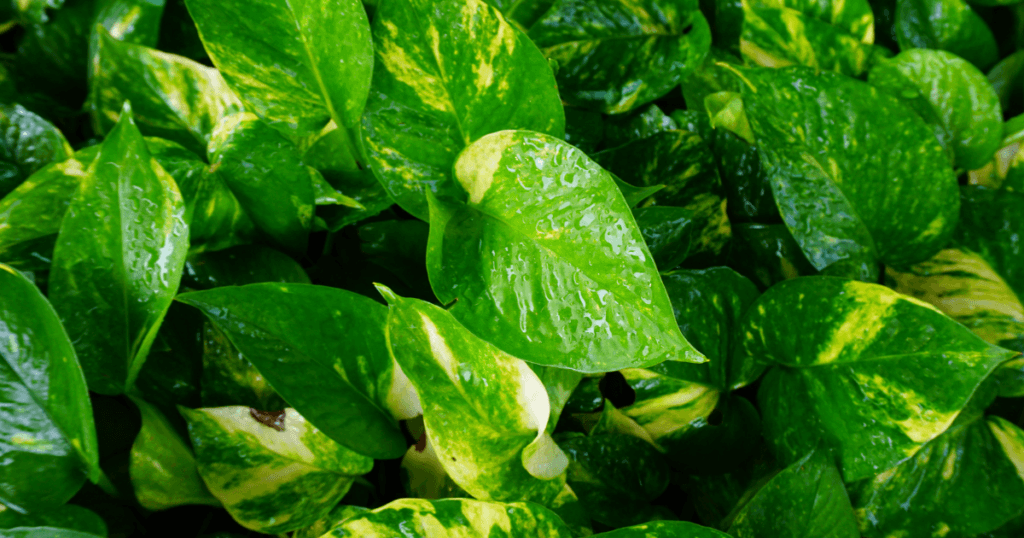
Epipremnum Aureum, commonly known as the Golden Pothos, is a species in the arum family Araceae. Native to Mo’orea in the Society Islands of French Polynesia, this plant has become a popular houseplant in temperate regions. It’s also naturalized in various tropical and sub-tropical forests around the world.
The Golden Pothos is known by several names, including Ceylon creeper, hunter’s robe, ivy arum, house plant, silver vine, Solomon Islands ivy, taro vine, and devil’s vine. The latter name, “devil’s vine,” is attributed to its resilience and ability to stay green even in the dark.
Why are Golden Pothos Great Oxygen Producers for the Home?
Golden Pothos is celebrated for its air-purifying properties. In controlled environments, such as sealed rooms, the plant has demonstrated the ability to remove indoor pollutants like formaldehyde, trichloroethene, toluene, xylene, and benzene. This ability to filter out harmful chemicals makes it a valuable addition to homes, especially in urban settings where indoor air pollution can be a concern.
Additionally, the plant’s adaptability to various light conditions and its minimal care requirements further enhance its appeal as a houseplant. The Golden Pothos can thrive in indirect light and requires watering only when the soil feels dry, making it an excellent choice for both novice and experienced plant owners.
Pros
- Air Purification: Golden Pothos can remove several indoor air pollutants, improving the overall air quality in your home.
- Low Maintenance: This plant is resilient and requires minimal care. It can thrive in various light conditions and needs watering only when the soil feels dry.
- Adaptable: Golden Pothos can adapt to different environments, making it suitable for various indoor settings.
- Aesthetic Appeal: With its vibrant green leaves, it adds a touch of nature and beauty to any room.
- Growth: It’s a fast-growing plant that can be easily propagated from cuttings.
- Resilience: Known as the “devil’s vine” due to its hardiness, it’s difficult to kill and remains green even in low light conditions.
Cons
- Toxicity: Golden Pothos is toxic to cats and dogs. Ingestion can cause oral irritation, vomiting, and difficulty swallowing in pets.
- Invasive Nature: In some tropical countries, it can become invasive and overgrow natural habitats, causing ecological disruptions.
- Rare Flowering: The plant rarely flowers in indoor settings.
- Mildly Toxic to Humans: Consumption or excessive contact can lead to skin irritation or other mild symptoms.
- Pest Attraction: Like many houseplants, it can sometimes attract pests like spider mites.
If you’re considering adding a Golden Pothos to your home, it’s essential to be aware of these pros and cons to ensure the best care and environment for the plant.
9. Tulsi Plant (Ocimum Tenuiflorum)
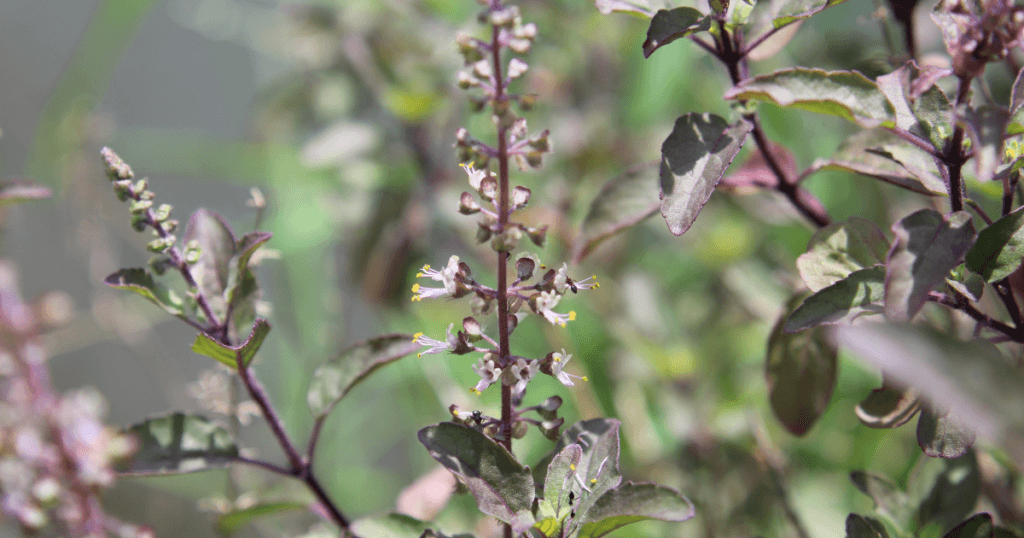
Ocimum tenuiflorum, commonly referred to as holy basil or tulsi, is an aromatic perennial plant belonging to the Lamiaceae family. It originates from tropical and subtropical regions of Australia, Malesia, Asia, and the western Pacific. The plant is widely cultivated across the Southeast Asian tropics and has even naturalized in many tropical regions of the Americas. Tulsi is not just an agricultural plant but is also considered an environmental weed in some areas.
Why are Tulsi Plants Great Oxygen Producers for the Home?
Tulsi is revered not only for its religious significance but also for its traditional medicinal properties and its essential oil. The plant has been used in Ayurveda and Siddha practices for its supposed medicinal benefits. One of its notable attributes is its ability to purify the air. Tulsi’s essential oil contains a diverse range of phytochemicals, including tannins, flavonoids, eugenol, caryophyllenes, and many others. These compounds contribute to the plant’s ability to improve air quality by filtering out harmful chemicals. Moreover, for centuries, the dried leaves of tulsi have been mixed with stored grains to repel insects, indicating its natural protective properties. In addition to its air-purifying qualities, tulsi is also used as a herbal tea and holds a significant place within the Vaishnava tradition of Hinduism, where devotees engage in worship involving the tulsi plant or its leaves.
Pros
- Air Purification: Tulsi is known to purify the air by filtering out harmful chemicals, improving indoor air quality.
- Medicinal Properties: Used in traditional Ayurvedic and Siddha practices, tulsi is believed to offer various health benefits.
- Insect Repellent: The dried leaves of tulsi have been used for centuries to repel insects, especially in stored grains.
- Aesthetic and Spiritual: Tulsi plants add a touch of greenery and serenity to homes and are also revered in Hindu traditions.
- Essential Oil: Tulsi’s essential oil has diverse phytochemicals beneficial for various applications, including aromatherapy.
- Low Maintenance: Tulsi plants are relatively easy to care for and can thrive in various conditions.
Cons
- Environmental Weed: In some regions, tulsi can become invasive and disrupt local ecosystems.
- Mildly Toxic: While tulsi is beneficial in many ways, excessive consumption can lead to potential health issues.
- Attracts Pests: Like many plants, tulsi can sometimes attract pests, which might require attention.
- Sensitive to Extreme Conditions: While tulsi is adaptable, it might not fare well in extremely cold or hot conditions.
- Over-harvesting: If used for its medicinal properties or tea, excessive harvesting can weaken the plant.
10. Snake Plant (Dracaena Trifasciata)
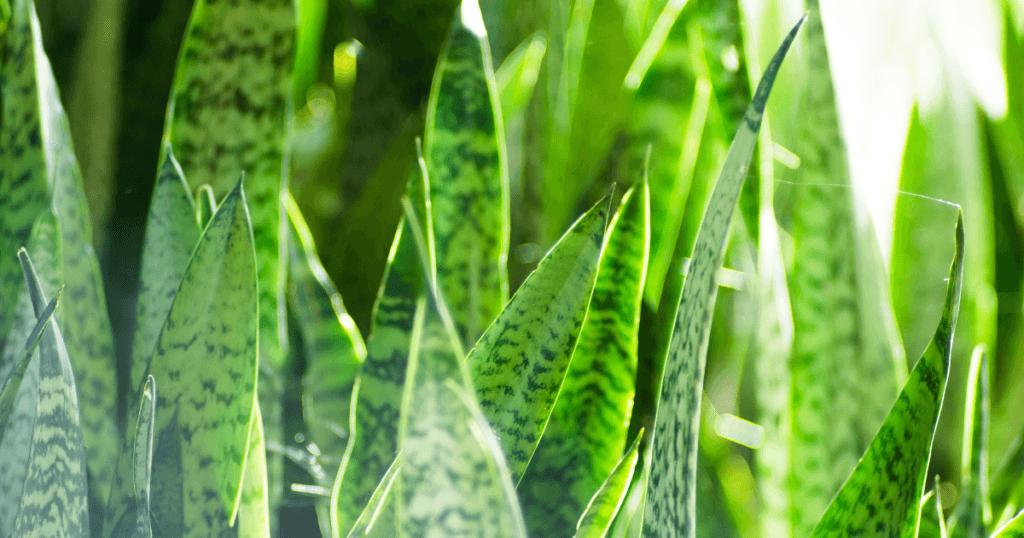
Dracaena Trifasciata, more commonly known as the snake plant, is a species of flowering plant in the Asparagaceae family. It is native to tropical West Africa, spanning from Nigeria to the Congo. The snake plant is recognized by various names, including Saint George’s sword, mother-in-law’s tongue, and viper’s bowstring hemp. This plant is an evergreen perennial that forms dense stands, spreading through its creeping rhizome. The leaves are stiff and grow vertically, with mature leaves being dark green with light gray-green cross-banding. They can range from 70–90 centimeters in length and 5–6 centimeters in width.
Why are Snake Plants Great Oxygen Producers for the Home?
One of the unique features of the snake plant is its ability to perform photosynthesis using the crassulacean acid metabolism process. This allows the plant to withstand drought conditions. Unlike most plants that open their stomata (microscopic pores on leaves) during the day, the snake plant opens its stomata at night. This nighttime opening prevents water loss through evaporation during the hot day, making it highly efficient in water conservation.
By doing so, the plant can absorb carbon dioxide at night and release oxygen, making it one of the few plants that produce oxygen even when the sun is down. This characteristic makes the snake plant an excellent choice for improving indoor air quality around the clock.
Additionally, the NASA Clean Air Study found that the snake plant has the potential to filter indoor air by removing several toxins, including formaldehyde. However, it’s worth noting that while the plant has air-purifying capabilities, its rate of filtration might be too slow for practical indoor use. Regardless, its ability to produce oxygen at night and its low-maintenance nature make the snake plant a popular choice for homes.
Pros
- Air Purification: Snake plants are known to remove several household toxins, including formaldehyde, from the air, enhancing indoor air quality.
- Nighttime Oxygen Production: Unlike most plants, snake plants can perform photosynthesis at night, releasing oxygen even in the absence of sunlight.
- Low Maintenance: They are hardy and require minimal care, making them suitable for both novice and experienced plant owners.
- Drought Tolerant: Due to their crassulacean acid metabolism process, snake plants can withstand prolonged periods without water.
- Adaptable: They can thrive in various light conditions, from low light to bright indirect light.
Cons
- Slow Air Filtration: While they can purify the air, their rate of filtration might be too slow for significant indoor air improvement.
- Sharp Leaves: The pointed tips of the leaves can be a hazard, especially in homes with small children.
- Potential Rot: If over watered, snake plants can be susceptible to root rot.
- Toxicity: The plant can be toxic when ingested, posing a risk to pets and children.
- Growth Limitation: In indoor conditions without optimal light and space, the snake plant might not grow to its full potential.
Considering these pros and cons can help you decide if the snake plant is the right fit for your home and lifestyle.
Final Thoughts
For those with a penchant for greenery, plants are more than just decorative elements; they are living companions that breathe life into our living spaces. As a plant lover, one quickly realizes that the presence of these verdant beings does more than just enhance the aesthetics of a room. They purify the air, boost our mood, and create a calming ambiance that transforms a house into a home. Whether it’s the oxygen-rich tulsi, the air-purifying prowess of the golden pothos, or the serene beauty of the peace lily, each plant has its unique charm and benefits.
While they do require care and attention, the rewards they offer in return are manifold. In the hustle and bustle of modern life, where concrete often overshadows green, having a touch of nature indoors serves as a gentle reminder of the world outside. For those who find solace in the rustling of leaves and the growth of green, plants are not just decor; they are silent companions that make a home feel alive. So, even if time is scarce, the joy and tranquility that plants bring make every moment spent tending to them worthwhile.
Indoor Plants For Oxygen FAQ’s
What is the happiest plant?
Create joy-filled moments in your home by introducing a symbol of hope and happiness—Lily of the Valley! According to garden guru David Domoney, this fragrant flower triggers cozy memories for most, making it an optimal choice when you’re looking to lift your mood.
Why are indoor plants beneficial for oxygen production?
Indoor plants undergo photosynthesis, a process where they absorb carbon dioxide and release oxygen. This not only improves air quality but also increases oxygen levels in indoor spaces, making the environment healthier and more breathable.
Which indoor plants are considered the best for oxygen production?
Some of the top indoor plants known for their oxygen-producing capabilities include the Areca Palm, Snake Plant, Peace Lily, Spider Plant, and Golden Pothos, among others.
How do indoor plants help in purifying the air?
Many indoor plants can absorb pollutants like benzene, formaldehyde, and trichloroethylene. Through the process of photosynthesis, they transform these toxins into harmless substances and release clean oxygen into the air.
Can indoor plants help in reducing stress and improving well-being?
Yes, studies have shown that the presence of indoor plants can reduce stress, boost mood, and improve concentration and productivity. The greenery and natural element they bring can have a calming and rejuvenating effect on individuals.
Are there any potential risks associated with keeping indoor plants?
While indoor plants offer numerous benefits, some can be toxic to pets and children if ingested. It’s essential to choose plants that are safe for your household and to place them out of reach if there’s any risk of ingestion.
How often should I water my indoor plants?
The watering frequency depends on the type of plant and the environment it’s in. It’s crucial to research the specific needs of each plant and ensure that the soil is well-draining to prevent over watering and root rot.
Do indoor plants require direct sunlight?
Not all indoor plants need direct sunlight. Many thrive in low to medium light conditions. However, it’s essential to understand the light requirements of each plant and place them accordingly to ensure healthy growth.
